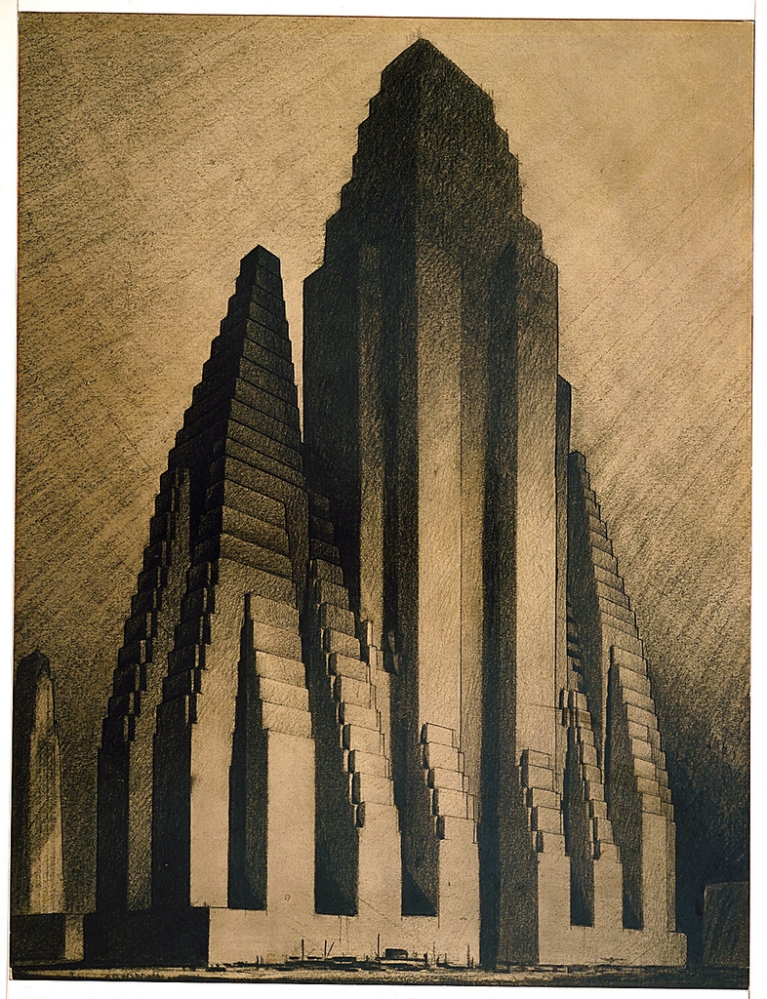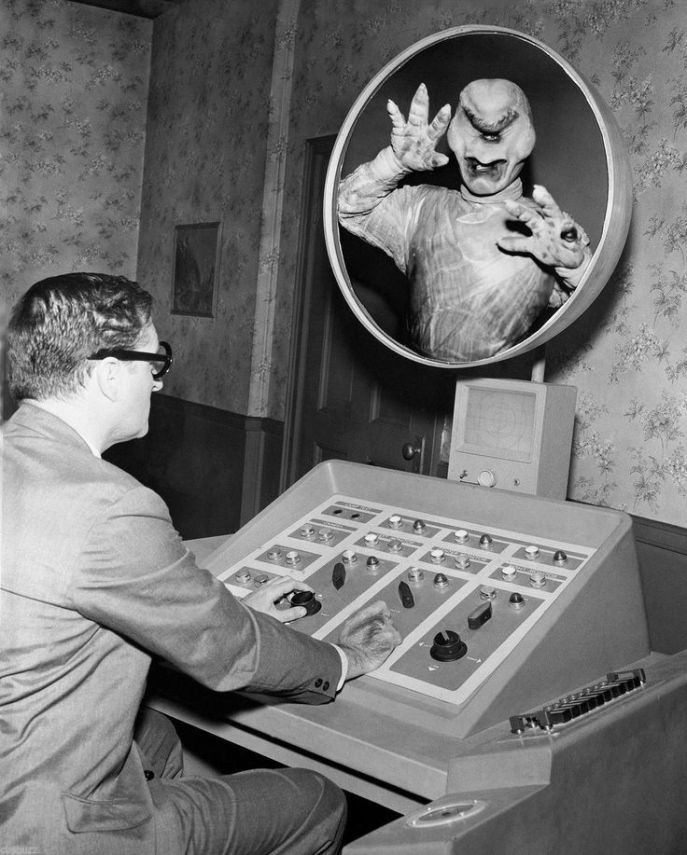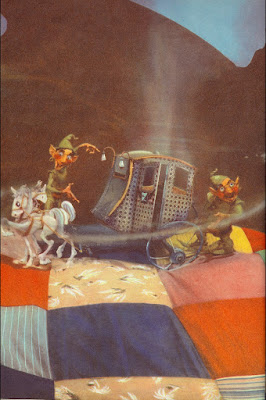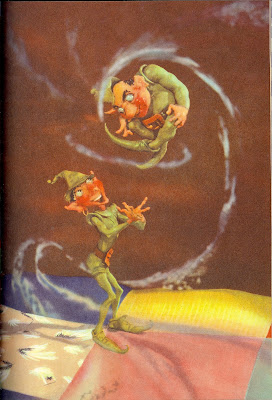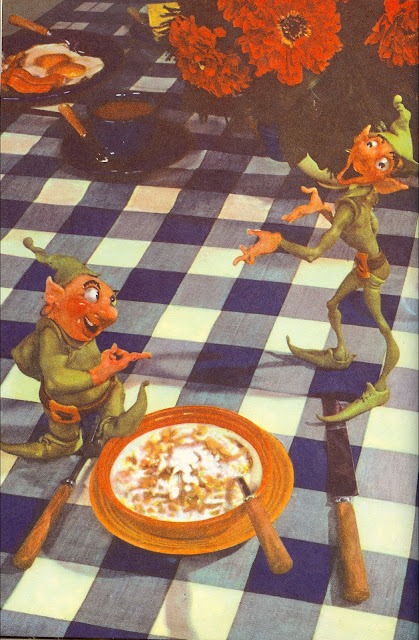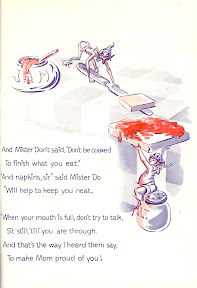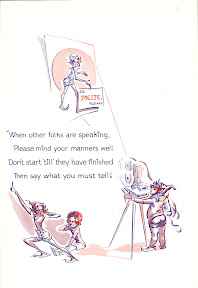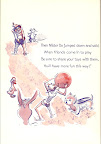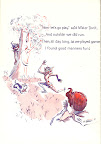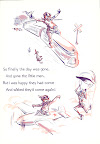
Miracles You’ll See In The Next Fifty Years (Feb, 1950) – Popular Mechanics
Seen above is an illustration from the February 1950 issue of Modern Mechanics magazine. It accompanies an article entitled, Miracles You’ll See In The Next Fifty Years, written by New York Times science editor, Waldemar Kaempffert. For a reader in the early 21st century, Kaempffert’s predictions might seem amusing, entertaining, fascinating – perhaps even a bit frustrating to those who lament that things should be so much more clean, efficient, and ‘advanced,’ by this stage of human evolution.
Kaempffert foresaw the stall of progress which he predicted and knew exactly who/what should shoulder the blame: the ‘vested interests’ which included, economic(s), tradition, conservatism, labor-union policies and legislation. It seems the only thing he did not mention was the field of science itself. For if scientists and engineers were left alone to create a future Earth, nothing could impede the inevitable reality of Kaempffert’s world.
The article centers on a ‘hypothetical metropolitan suburb’ named, Tottenville, and a couple named the Dobsons. Kaempffert describes how science and technology impact the Dobsons’ lives and lifestyles – and, by extension, the entire planet.
Natural gas and electricity are the primary sources of energy – burning raw coal is a crime. Atomic power is very limited – if used at all. ‘Solar engines’ are only used in areas that allow the ‘sprawl over large surfaces’ – i.e. farmland and deserts. Light metal alloys have replaced steel for building. Plastics also become a primary material for building homes in particular. Homes are built to last for only twenty-five years – ‘Nobody in 2000 sees any sense in building a house that will last a century.’
In fact, impermanence is seen as a very high virtue in Kaempffert’s year 2000. There is no longer a need for household objects like razors or dish washing machines. Due to the work of ‘synthetic chemists’ razors will be replaced with chemical depilatory agents, plastics synthesized from basic raw materials will allow people to dissolve their dishes rather than wash and reuse.
Some of the other miracles Kaempffert envisioned included halting a budding hurricane by spreading oil over the sea and igniting it, supersonic planes that allow a three hour Atlantic crossing, a personal helicopter for every dwelling (manufactured in a fully automated plant owned by the curiously named, Orwell Helicopter Corporation), and, the somewhat humorous idea of rayon underwear bought by chemical factories and converted into candy.
The final paragraph of the article was perhaps the most foreboding for the reader in 1950. Individuality and non-compliance will subject the so-choosing person to communal ridicule – ‘comment’ is the word Kaempffert uses. It’s worth quoting him directly:
Any marked departure from what Joe -Dobson and his fellow citizens wear and eat and how they amuse themselves will arouse comment. If old Mrs. Underwood, who lives around the corner from the Dob-sons and who was born in 1920 insists on sleeping under an old-fashioned comforter instead of an aerogel blanket of glass puffed with air so that it is as light as thistledown, she must expect people to talk about her “queerness.” It is astonishing how easily the great majority of us fall into step with our neighbors. And after all, is the standardization of life to be deplored if we can have a house like Joe Dobson’s, a standardized helicopter, luxurious standardized household appointments, and food that was out of the reach of any Roman emperor?
– emphasis mine
So, here we are in 2013. How do you think we measure up to Kaempffert’s vision? Do we find ourselves in a better place to live in, or do we sadly fall short? Have the ‘vested interests’ served our time well, or have they denied us a world of uniform progress? Have we not sacrificed our individuality enough to allow the creation of a less durable but more efficiently unified whole? It’s not the intent of this post to decide the answers to those questions – that is left to the reader’s personal reflection. This is more like an exercise in contrasts. In the end, it allows us to better see where we are at as a species, compared to where others in another time thought we should be. Of course, humans continue to develop visions of what the future will be like – but can we see something in ourselves that cause us to appreciate the times we now find ourselves in?
To read Waldemar Kaempffert’s entire article click here.

































































